Considering to screen your film on IMAX theater? Then you should read this article, which summarizes cinematographer and director Peter Chang’s insights. Chang shot his IMAX film, Cuba, on various cameras paired with Cooke S7/i large format glass. Explore more below.
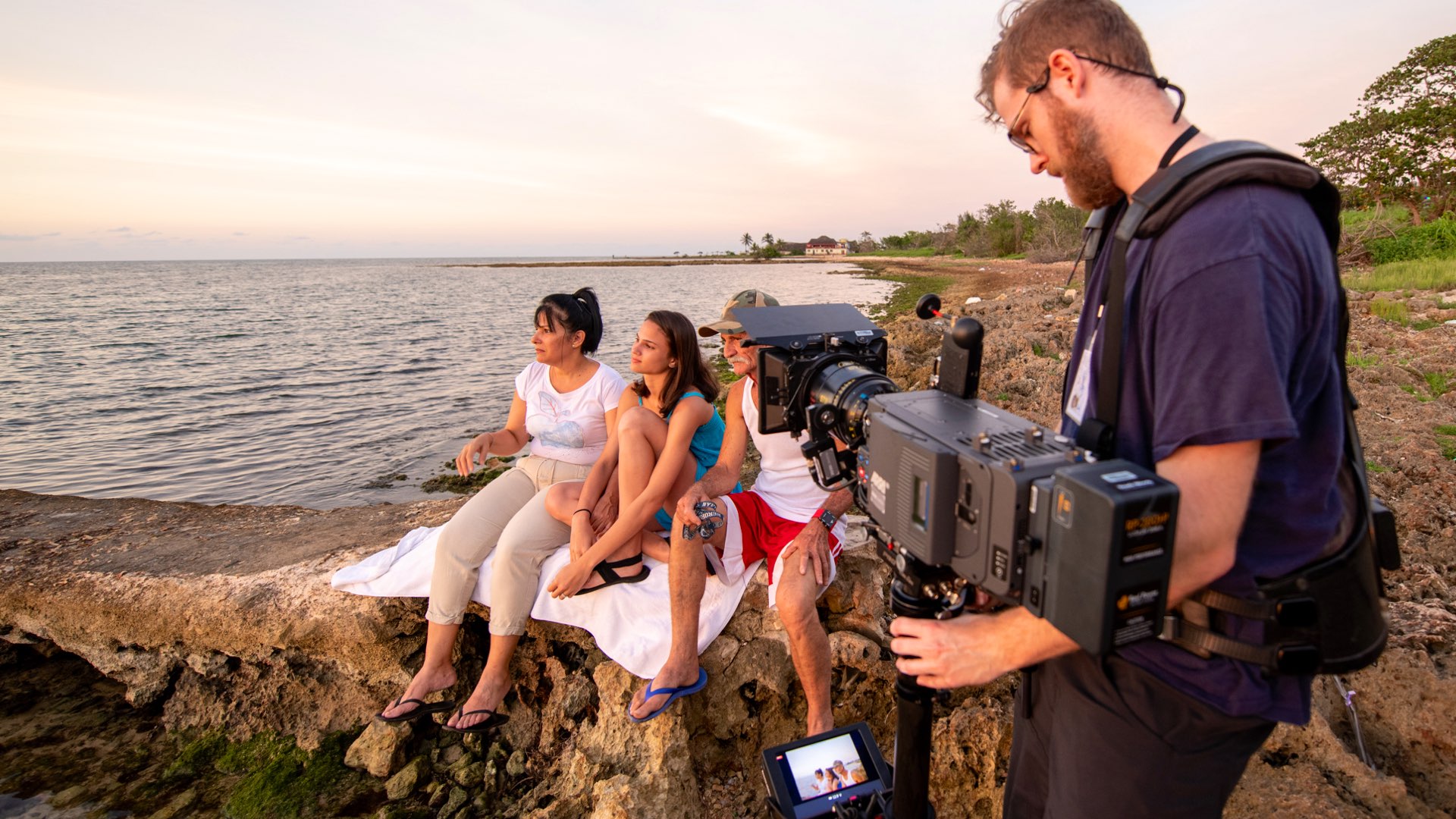
IMAX: Large Format cameras and lenses
One of the most logical ways to shoot a film that will be screened on the giant canvas is by utilizing large format cameras and lenses. Cuba film is an excellent educational reference that will get you an idea of how to approach to IMAX filmmaking. Cuba was screened on IMAX last year for limited viewing. However, a wide release is scheduled for 2020. The film directed, produced, and shot by Peter H. Chang, which is known for his IMAX and giant-screen work as a cinematographer on Jerusalem and America Wild: National Parks Adventure. “I’ve been working on this project since December 2014,” said Chang. “It’s a good timeframe to embrace all the new technologies available. We used a total of 18 different digital camera formats in the capture of this film.”
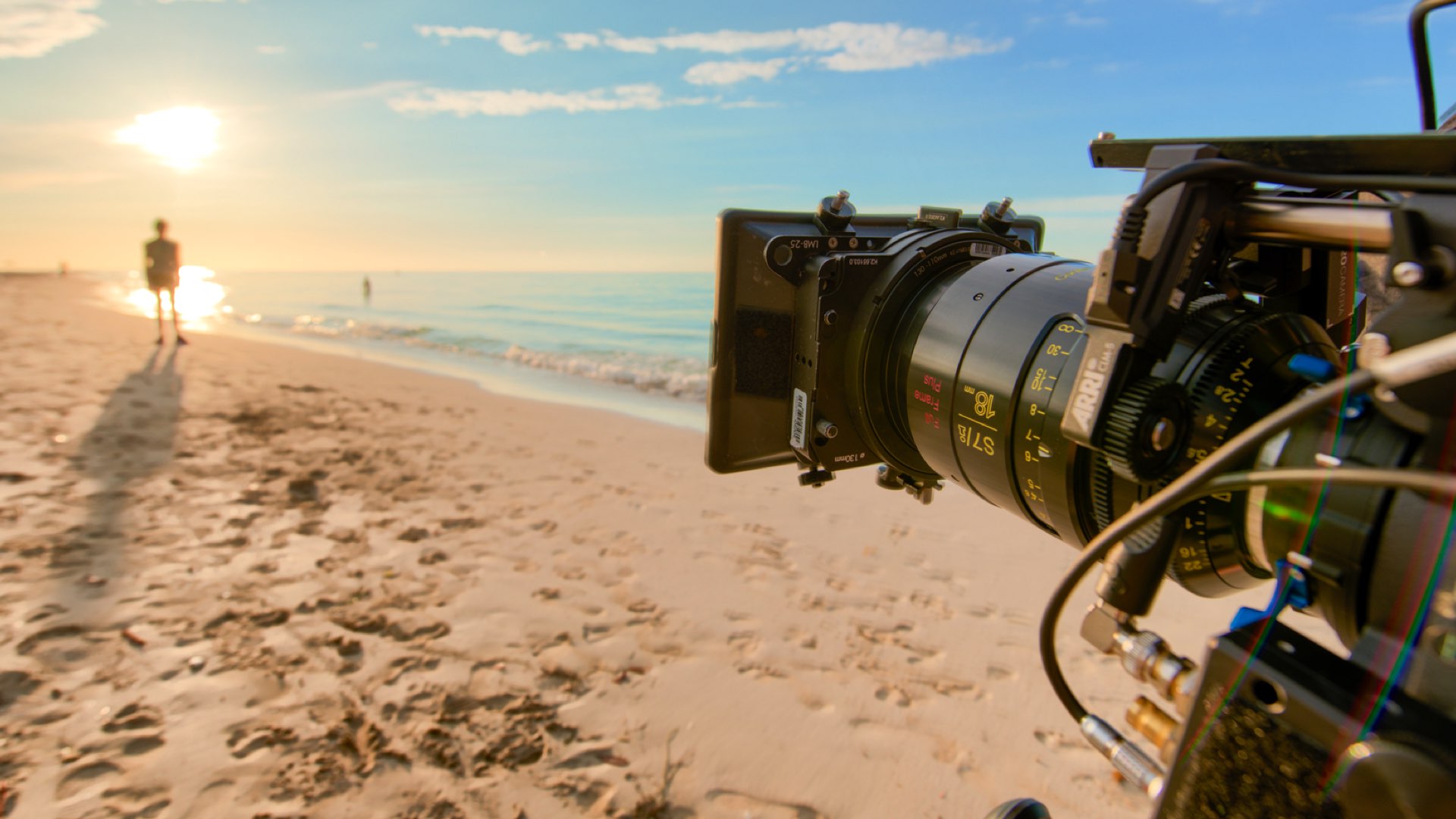
It’s a good timeframe to embrace all the new technologies available. We used a total of 18 different digital camera formats in the capture of this film
Director and cinematographer – Cuba, Peter Chang
Chang, and his co-DP Justin Henning, used the Cooke S7/i lenses combined with the primary camera ALEXA LF. “It gives me a very cinematic and dreamy look — very smooth and gentle, but still crisp and sharp,” said Chang. The Cooke S7/i, T2.0 Full Frame Plus Primes are designed to cover the emergent full-frame cinema camera sensors up to at least the full sensor area of the RED Weapon 8K (46.31mm image circle). ALEXA LF Open Gate provides the maximum sensor area (36.70 mm x 25.54 mm) and maximum resolution (4448 x 3096 photosites) and thus paring it with Cooke’s large-format glass was optimal to IMAX screening.

Closeups and sharpness on IMAX
When you execute to the IMAX, you have to take into consideration that this huge screen amplifies imagery. Thus you need to choose your glass carefully, especially when filming closeups. According to Chang: “IMAX has flat screens that are typically used for 3D, and you also have dome theaters where you’re looking at the bottom half of a 1.43 image, and then the rest of it is over your head, and you’re not typically looking at that,” explains Chang. “A closeup has to be framed in that bottom half or third of the image. With an image as big as we’re projecting – at times, 90 feet x 65 feet or more – a closeup can be rather jarring because you can see a lot of the imperfections on people’s faces. You can see the makeup on their skin and blemishes that can be unattractive, but I wanted to see how far we could push it with our ballerina to gain more intimacy.” “Cuba is focused on the beauty, spirit, and character of this Caribbean country and its people,” said Chang. “One of the primary stories in the film centers around a young ballerina. I was really looking forward to using the Cookes as we knew we would be shooting on stage with challenging theatrical stage lighting and breaking that sort of giant-screen IMAX norm of not having any closeups. That’s exactly what we did — shot some closeups of her face, which came out beautifully.”

With an image as big as we’re projecting – at times, 90 feet x 65 feet or more – a closeup can be rather jarring because you can see a lot of the imperfections on people’s faces
Director and cinematographer – Cuba, Peter Chang
Cooke S7/i and ALEXA LF
The Cooke S7/i primes were also a great choice for Henning. “The lenses were very sharp, something that is extremely important at the resolutions and IMAX screens we are shooting for, while maintaining a creamy bokeh and very pleasant roll-off,” he said. “On Cuba, I had the pleasure to shoot on the Alexa LF in full-frame for the first time, and the fact that the Cooke S7/i lenses maintained the ‘Cooke Look’ that I have grown accustomed to over the years was great — but on this new full-frame camera system, it was a real treat,” adds Henning. Furthermore, the crew used mainly a very wide glass— usually around 18mm in order to utilize IMAX real estate and to elevate the immersive experience of IMAX screening.

Shooting for the IMAX
Y.M.Cinema Magazine interviewed Chang to know more about this fascinating project. Read the interview below:
Y.M.Cinema Magazine: According to IMDB, CUBA was shot in various cameras (RED, ARRI and so on) How did you pair and match the footage because every camera has a different look and color science. What are your thoughts and takeaways on working with different cameras? Please elaborate on the methodology needed for combining a large number of cameras.
Chang: In general, We utilized different cameras for different types of shots and environments. We still had cameras for time-lapse, the Phantom Flex for high speed, the ARRI Alexa 65 and LF for our main character scenes, and the Red Monstro for aerials. Matching between cameras required careful management on set and particularly in post-production during the DI, which we did at Onsight in London.
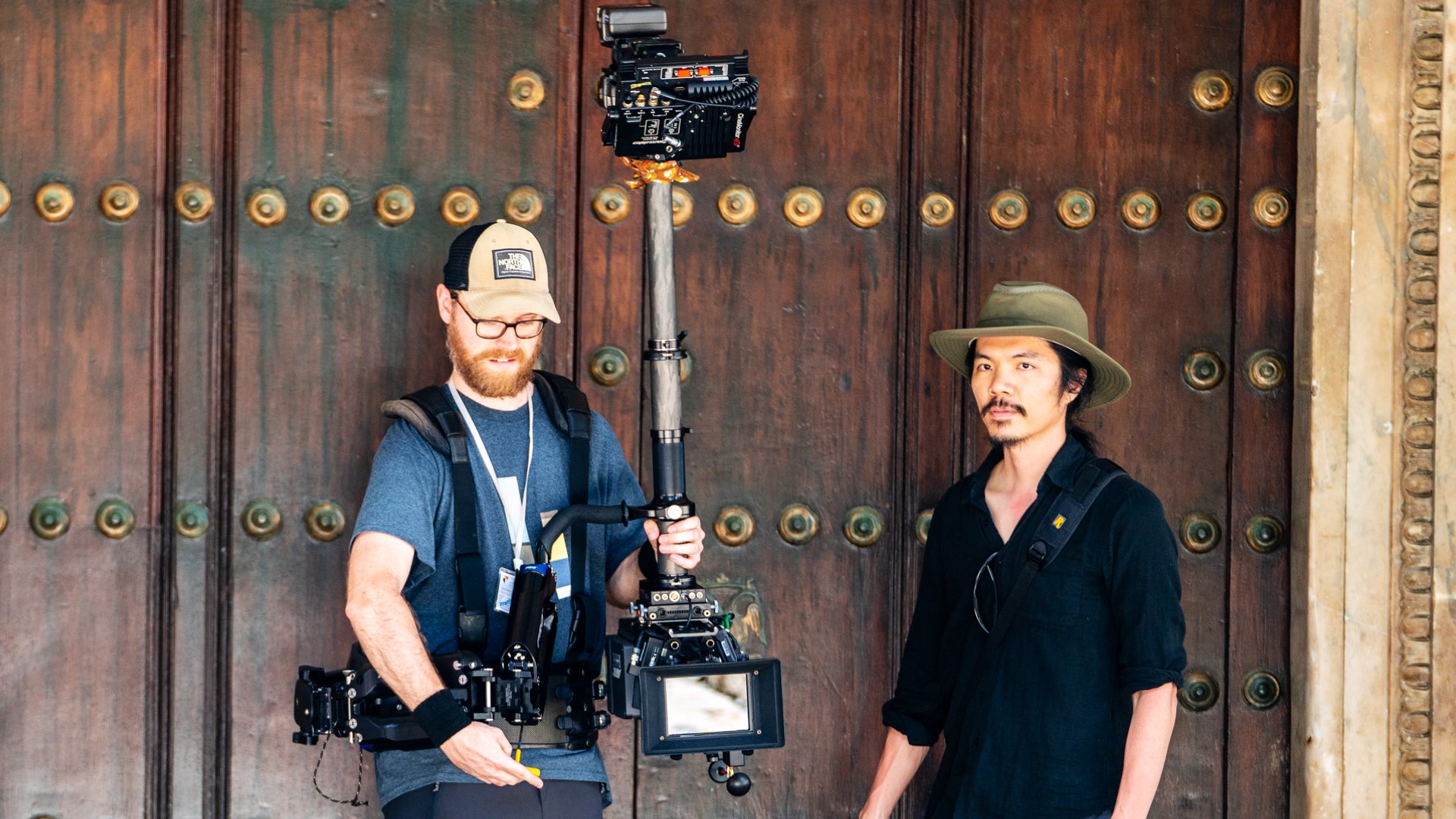
We still had cameras for time-lapse, the Phantom Flex for high speed, the ARRI Alexa 65 and LF for our main character scenes, and the Red Monstro for aerials
Director and cinematographer – Cuba, Peter Chang
Y.M.Cinema Magazine: How’s it like to be the director and the DP in the same project? How did you manage to combine these two hats in the project?
Chang: It can be very challenging at times but also liberating in large format, which is so image-centric. For certain types of filming, it streamlines the process and allows me to get closer to the subject and more fully control the image. Fortunately, I also had very talented DPs collaborating with me on various shoots, from Pete Zuccarini underwater to Christopher Doyle HKSC and Justin Henning.
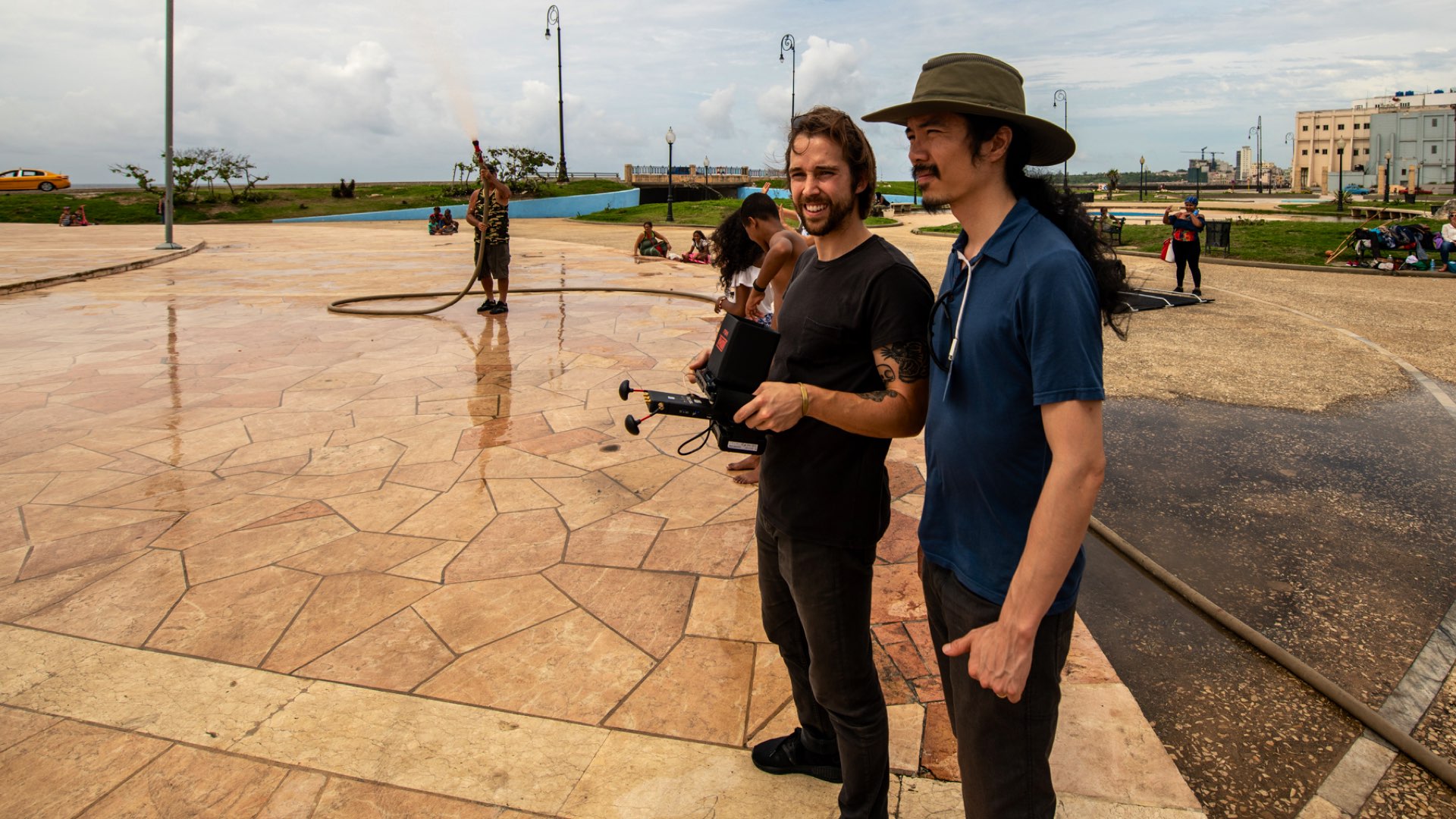
Y.M.Cinema Magazine: What are the rules, methods, and remarks needed to shoot for the IMAX? Please let the audience know from your experience what it’s like to deliver to IMAX, from production and post perspectives.
Chang: IMAX and giant screens can be utterly unforgiving when it comes to image quality so the process of image capture can be very technically demanding. Unless you’re shooting 70mm IMAX film, it’s vital to seek out the optimal lens and camera sensor combinations. Maximizing resolution and image quality during capture is critical. Equally important is how those images are processed and treated in post-production, where we are typically finishing in 6K or 8K in a multitude of formats, including outputting to 70mm IMAX film for domes and 4K 3D for IMAX laser. The format favors wide shots, specific framing (especially on IMAX domes), and movement. Above all, the image must be immersive and transporting.

Unless you’re shooting 70mm IMAX film, it’s vital to seek out the optimal lens and camera sensor combinations
Director and cinematographer – Cuba, Peter Chang
Y.M.Cinema Magazine: Please let us know your general takeaways, lessons, and insights from this project. What were your breaking points? Feel free to educate us regarding your thoughts and ideas.
Chang: I gravitated to the IMAX format because this huge canvas is so immersive and engaging that it transports the viewer. Making this film and crafting it for IMAX and giant screens has amplified my appreciation for the power of large format and the giant screen experience when designed from the outset. Cuba is such a fascinating place – at the forefront of pioneering preservation and new scientific discoveries, and filled with a rich culture of passionate, resilient, and creative people. It has been an inspiring journey to capture and illuminate these stories for audiences to experience on the giant screen.

Wrapping up
With a wide release scheduled for 2020, Cuba is shaping up to be one of the most anticipated IMAX and giant screen releases. The film was recently selected as the opening night film for the Fort Lauderdale International Film Festival, where it received great reviews, including from members of the large Cuban American population of south Florida. It is primarily available with a 44-minute run time, but a 20-minute version has been made available for a select number of venues. Check out the trailer below.
Shooting for IMAX is a complicated filmmaking task, that demands accurate cinematography and creative eye for details. Using large-format cinema cameras and lenses seems like the most logical approach. However, when executed correctly, the IMAX will deliver the most immersive experience to the audience.
Would you consider shooting for IMAX? Let’s know our thoughts and insights.


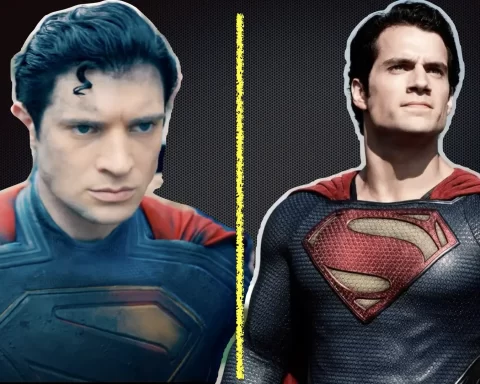
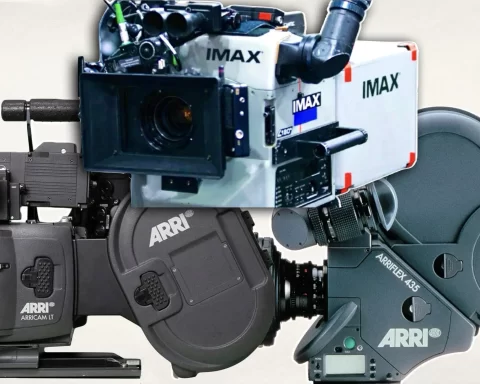



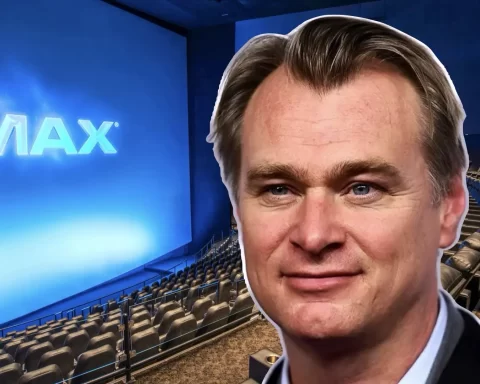

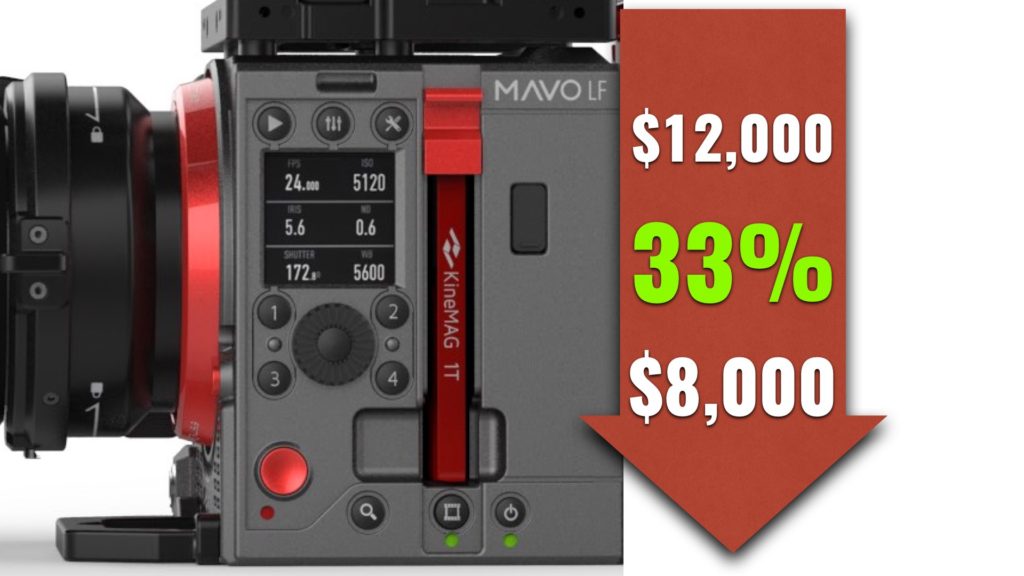
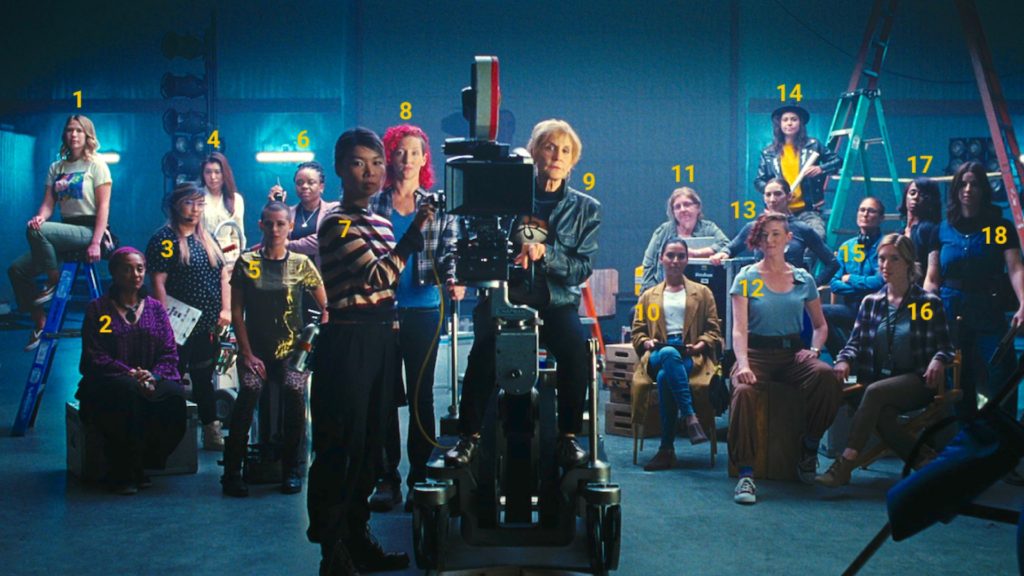
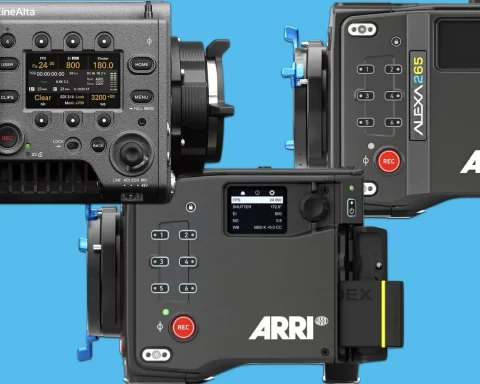



[…] the RED Monstro, ALEXA 65, of the LF. To dive a bit more into the digital way, read our article: IMAX Filmmaking: Here’s How to Shoot for the Giant Screen. The other option is to get your hands on a real IMAX beast, like the MSM 9802, which utilizes a […]
I absolutely disagree, infact I guess most imax films were shot on Alexa s35 and upscaled. I remember when deakins shit bond movie with a regular alexa and it was raved on been gorgeous.
Yes, I’m aware of that. The ALEXA s35 was indeed used on IMAX in James Bond. There are multiple ways to shoot for the giant screen. This is one of them 🙂 The best way is to use a real IMAX camera.
[…] technologies, and ultra-resolution out there, IMAX cameras remain superior. Although there are multiple ways to shoot for the giant canvas, like using high-end cameras (RED Monstro, ALEXA LF, 65, and Panavision), the most accurate pathway […]
[…] Filmmaking: Here’s How to Shoot for the Giant Screen. Moreover, last month Cooke has announced on new focal lengths for this series (60mm macro, 90mm macro, 150mm macro, and 300mm full-frame plus), and Anamorphic/i Full Frame Plus […]